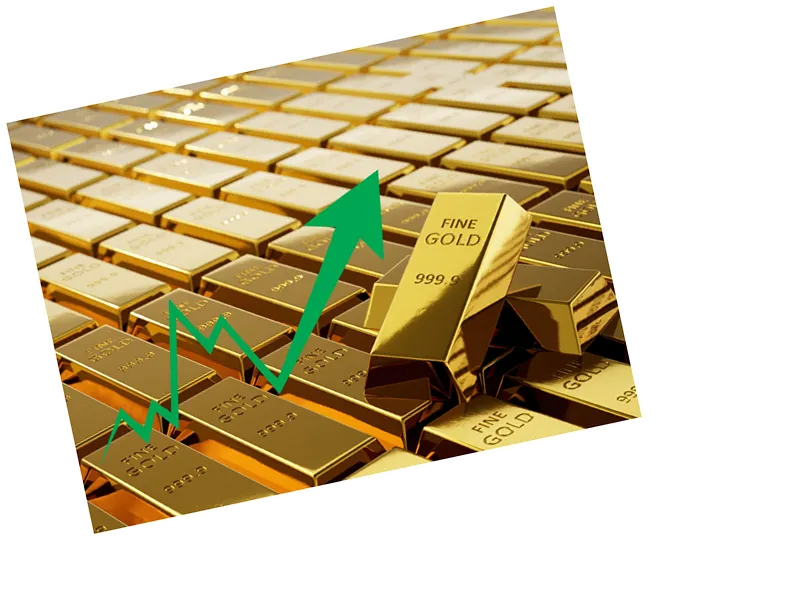The decline in gold prices today is primarily linked to macroeconomic factors, including inflation data and geopolitical events.
Gold remains a popular investment choice, particularly in regions like the Middle East, where local prices are closely tied to global market trends.
Future price predictions suggest that gold could continue to rise, influenced by central bank policies and economic conditions.
Gold prices are expected to fluctuate in the coming weeks, influenced by upcoming US economic reports and Federal Reserve decisions.
If the Federal Reserve does not cut interest rates as anticipated, gold prices may experience downward pressure due to increased cash liquidity returns.
Gold prices have seen a slight decline today, with the global price reaching $2,635 per ounce, a decrease of 0.1% from the previous day. The price of gold is influenced by various factors, including local market conditions, demand for jewelry, and global economic indicators. In Egypt, the average price for 21-karat gold is estimated at EGP 3,680, while in Saudi Arabia, the price for 22-karat gold is around 291 Saudi riyals. Analysts attribute today's decline to negative inflation data and a ceasefire between Israel and Lebanon, which has reduced gold's appeal as a safe haven investment.
The global gold market operates continuously, with prices fluctuating based on trading activities in major financial centers such as New York, London, Sydney, and Tokyo. Recent forecasts from Goldman Sachs predict a rise in gold prices to $2,900 per ounce in early 2025, driven by central bank purchases and potential interest rate cuts in the US. Upcoming economic reports, including US labor market data and inflation reports, are expected to influence gold prices in the near future. Over the past year, gold has shown significant growth, with an annual increase of 13% compared to 2022, largely due to high inflation and geopolitical tensions.





